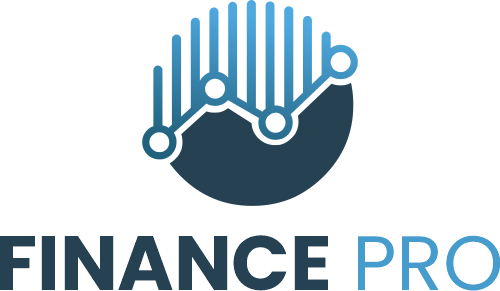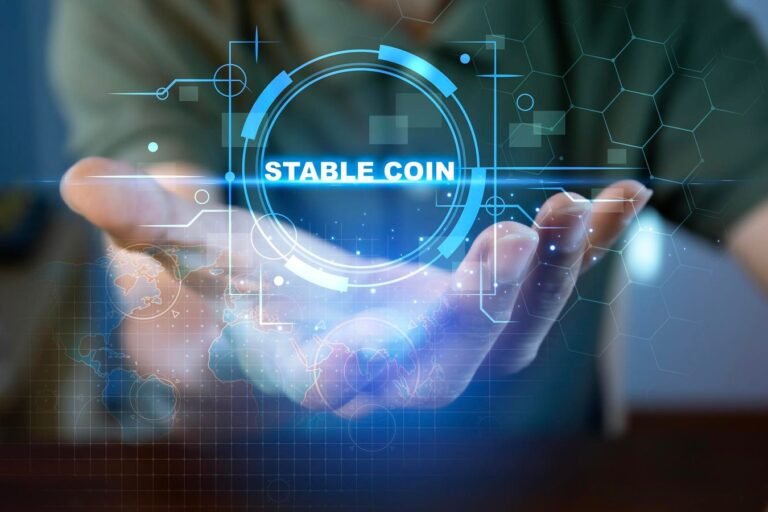The concept of using stablecoins in the financial system
Stablecoins have come a long way in decentralized finance. In 2020, DEX liquidity was mostly in ETH and wrapped BTC. Today over 70% of trading pairs and lending pool deposits are denominated in fiat-pegged stablecoins, with USDC and USDT leading the pact. It seems that stablecoins offer the price stability users crave, enable efficient trading, and serve as collateral across nearly every DeFi protocol.
The very stability that makes stablecoins useful also introduces a paradox: if DeFi runs on centralized money, how decentralized can it really be?
This isn’t a theoretical debate. When stablecoins can be frozen in wallets unilaterally, whether it be from regulatory requests or internal operational decisions, the risks of centralized issuers become clear. Decentralized protocols suddenly had to account for off-chain decisions they couldn’t control. And as stablecoins become more deeply embedded, from liquidity pools to governance treasuries, those risks multiply.
Here lies the contradiction: DeFi was created to bypass reliance on intermediaries, but now it depends on centrally issued stablecoins for its most essential functions. The ecosystem’s architectural evolution was driven by practical necessity, raising critical questions about control, resilience, and the direction of financial innovation.
Designing a Hybrid Future
When asked whether stablecoins are a healthy evolution or a centralization risk, “It’s both,” says Andre Cronje, co-founder of Sonic Labs. “Liquidity needs a unit of account, and users want stability. But by integrating permissioned assets, we’ve introduced external control points. It’s not hidden, it’s structural.” Cronje doesn’t see this as a failure, but a reality check. The early DeFi ideal of everything being trustless and permissionless was appealing, he notes, but “users don’t care about ideology, they care about trust, and they care about UX.”
The path forward isn’t binary. Rather than choose between fully centralized or fully decentralized money, DeFi may be better served by a tiered stack. Cronje envisions centralized stables for scale and user experience, and decentralized stables as a form of censorship insurance or monetary hedge. It’s a strategy born of pragmatism rather than purity. Users should have a choice which approach they prefer.
A Global Mosaic of Stablecoin Models
Varun Kabra, Chief Growth Officer of Concordium, echoes this view, but with a more global lens. “Beyond the U.S. and EU, frameworks like Abu Dhabi’s FSRA and Hong Kong’s stablecoin bill (HKMA) will help build local stablecoin ecosystems,” he explains. These regionally anchored stablecoins could power decentralized liquidity without relying entirely on U.S. monetary policy. “In trade corridors from LATAM to Southeast Asia, euro, peso, naira or baht-denominated stablecoins could reduce FX friction and improve real-time settlement.”
Still, Kabra notes that interoperability will be crucial. He envisions a world where banks hold local stablecoins in treasury wallets, using them for tokenized FX swaps or trade finance without touching SWIFT rails. “Eventually, stablecoins have the potential to disrupt traditional banking altogether, eliminating multi-hop intermediaries and enabling programmable clearing across borders.”
In short, stablecoins are not just technical instruments. They are policy vectors, tools that encode jurisdictional control, regulatory assumptions, and even geopolitical influence. As their role in DeFi deepens, protocols must decide whether they want to optimize for liquidity or longevity. Ideally, they design for both.
Liran Markin, CEO of Edwin, believes that balance is possible eventually. “Decentralized stables will get there, but in stages,” he says. “Overcollateralized and RWA-backed designs already prove censorship resistance, though at a capital cost. Algorithmic models keep improving peg mechanics.”
Markin’s vision is architectural. “Use permissioned dollars for throughput, permissionless stables for decentralization, with smart contracts routing between them. Users get seamless UX while the system quietly optimizes for security.” It’s an elegant solution, but it requires careful infrastructure planning, something DeFi isn’t always known for.
Recent history shows why that planning matters. The USDC depeg in March 2023 triggered a market-wide liquidity crunch. MakerDAO subsequently diversified its collateral reserves to reduce dependence on centralized issuers. These episodes reveal just how interconnected DeFi protocols have become with fiat on-chain instruments.
The core challenge isn’t whether stablecoins belong in DeFi. It’s whether DeFi protocols can build around their limitations while preserving resilience. That means diversifying issuers, integrating algorithmic and crypto-backed stables, and embedding circuit-breakers and fallback mechanisms directly into protocol design.
Decentralization isn’t a purist ideal; it’s a resilience strategy. If DeFi is to offer an alternative to the legacy financial system, it must remain independently operable, even if key counterparties freeze, fail, or fall out of favor. Stablecoins can be the fuel, but the engine must be robust enough to run without them.


